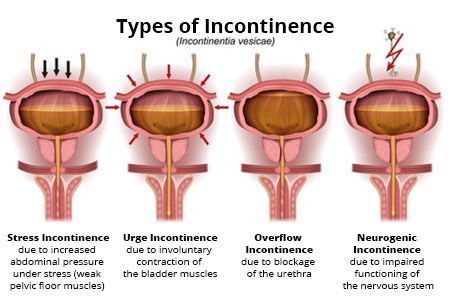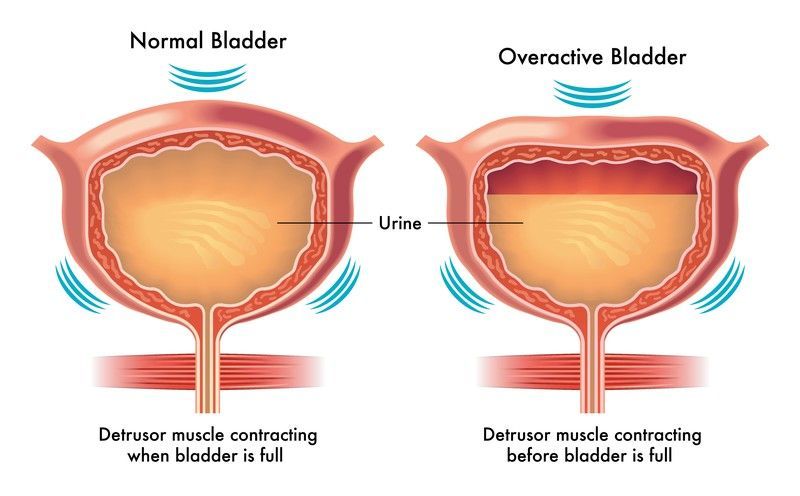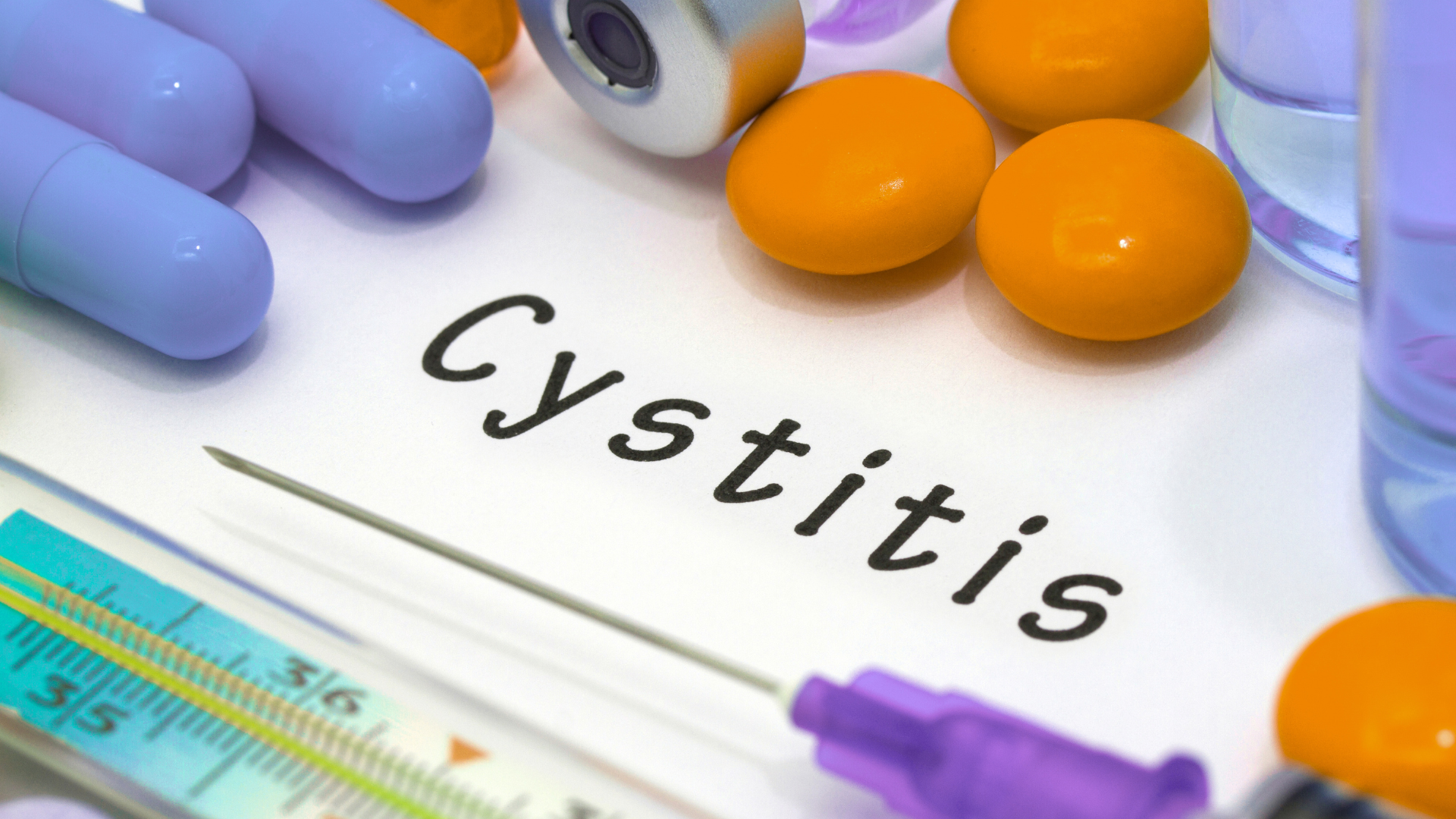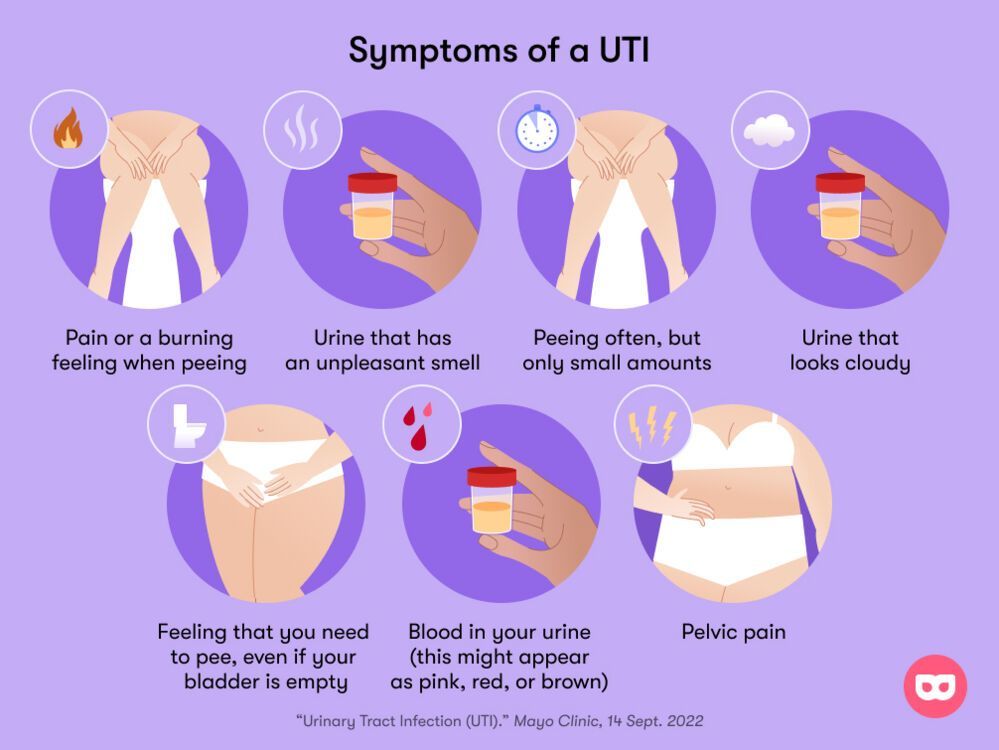BLADDER ISSUES

xxx
INCONTINENCE
Urinary incontinence is defined as the unintentional release of urine from the bladder. While it can impact individuals of all ages and genders, it is more prevalent among women and the elderly.
- Urinary incontinence can stem from a variety of factors, such as weak pelvic floor muscles that are essential for controlling the bladder.
- Communication breakdowns between the brain and bladder via nerve signals can result in incontinence.
- Weak sphincter muscles can result in urinary incontinence.
- Additional health conditions: Other conditions such as diabetes, urinary tract infections, and neurological disorders may also play a role.
- Pregnancy and childbirth often exert significant pressure on the pelvic floor muscles, leading to potential strain and weakness in this crucial area of the body.
- Prostate issues in men, such as an enlarged prostate or undergoing prostate surgery, have the potential to significantly impact bladder control. These conditions may lead to changes in urinary patterns and overall discomfort, affecting daily activities and quality of life. It is important for individuals experiencing prostate-related issues to seek medical attention and explore treatment options to address these concerns and improve their overall well-being.
xxx
INTERSTITIAL CYSTITIS
Interstitial cystitis (IC), commonly referred to as bladder pain syndrome, is a chronic condition characterized by persistent and painful urinary symptoms that can significantly impact an individual's daily life. It often presents with discomfort, pressure, or tenderness in the pelvic region and affects both males and females.
The exact cause of IC remains unknown, but its profound effects on quality of life underscore the importance of seeking appropriate treatment and support to manage its symptoms effectively.
xxx

OVERACTIVE BLADDER
Overactive bladder (OAB) is a common urological condition that leads to sudden and frequent urges to urinate, making it difficult to control bladder function.
Individuals affected by OAB often find themselves needing to pass urine numerous times throughout the day and night, disrupting their daily routine and affecting their quality of life. The urgency to urinate associated with OAB can be intense and unpredictable, occurring at any moment and catching the individual off guard.
Fortunately, there are various treatment options available for managing OAB, ranging from simple behavioral modifications to medications and even nerve stimulation techniques, all aimed at restoring bladder control and alleviating the bothersome symptoms.
URINARY TRACT INFECTIONS
A UTI, or urinary tract infection, is a common condition that can affect various parts of the urinary system, such as the bladder, urethra, and even the kidneys.
When a UTI occurs, individuals may experience a range of uncomfortable symptoms, including painful urination, a persistent urge to urinate frequently, and discomfort in the lower abdomen. Recognizing these signs is crucial, as prompt medical attention and treatment are necessary to prevent complications and ensure a quick recovery.
If you suspect you may have a UTI, it is important to seek professional help and guidance from a healthcare provider.
xxx



